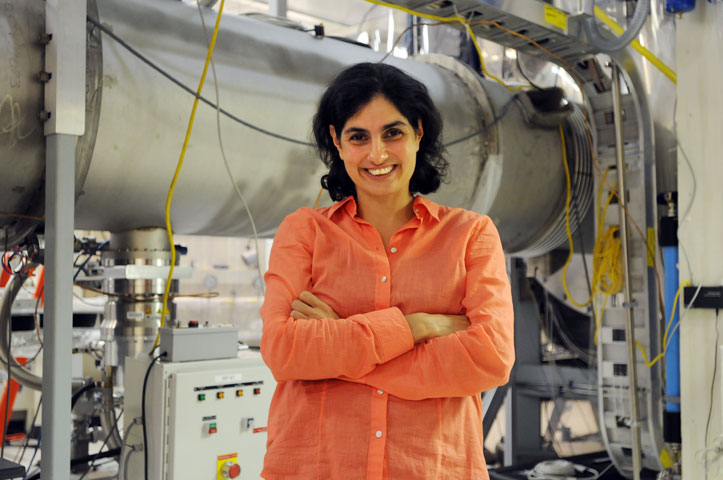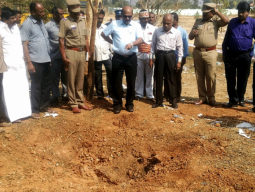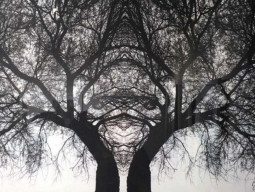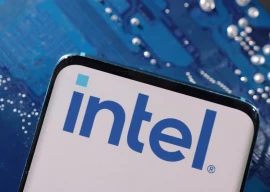
Pakistani-born astrophysicist Dr Nergis Mavalvala was among the team of eagled-eyed scientists who, for the first time, observed ripples in the fabric of spacetime called gravitational waves.
The detection – announced only on Thursday – confirms a major prediction of Albert Einstein’s 1915 general theory of relativity and opens an unprecedented new window onto the cosmos.
Scientists glimpse Einstein's gravitational waves
Professor Mavalvala worked with researchers at the US-based underground detectors Laser Interferometer Gravitational-wave Observatory (LIGO) Laboratory to build sophisticated sensors to detect gravitational ripples created from the collision of two black holes some 1.3 billion years ago and had been hurtling through space to reach Earth on September 14, 2015.
Dr Mavalvala, 47, was born to a Parsi family in Karachi where she did her primary schooling.
She attended the Convent of Jesus and Mary before going to the US as a teenager where she graduated with a BA in physics and astronomy from the Wellesley College in 1990.
During her graduation at the Massachusetts Institute of Technology (MIT) she started working on gravitational waves – which would lead her to one of the biggest discoveries of the century. But the tale was not so simple.
Extraordinary Pakistanis: the mama and baby fund
“I started graduate school working in cosmic microwave background, which is another area of astrophysics,” she told the Kavli Foundation in 2010 after receiving the coveted McArthur Fellowship.
“The group I was working in was moving to another university, and so I was kind of shopping around and bumped into Rai Weiss.”
Weiss and Robert Forward had in the early 1970s proposed designs based on which LIGO was formed.
 Dr Nergis Mavalvala. PHOTO COURTESY: John D & Catherine T, MacArthur Foundation
Dr Nergis Mavalvala. PHOTO COURTESY: John D & Catherine T, MacArthur FoundationSince meeting Weiss in 1991, Dr Mavalvala went deeper into research on gravitational waves. By the time she received her PhD in 1997, she was already working on building LIGO.
She focused on instrument development for LIGO during her post-doctoral work at California Institute of Technology (CalTech) before joining LIGO as a staff scientist in 2000. She also joined MIT’s physics department as an assistant professor in 2002, rising to become the department’s associate head in February 2015.
Pakistan-born environmentalist could become Oslo mayor
In essence, her work on gravitational waves has spanned for over 20 years leading up to the discovery.
“The big picture mission drives you. When you work in the lab, [it’s like] you bang your head against the wall for weeks at a time, working on a state-of-the-art circuit, for example,” Mavalvala told MIT’s site in 2014. “Yet this is what enables scientific discovery, when the smaller to bigger pieces of experiments succeed, when the whole thing does what it is supposed to, and then you hope nature gives you the event you’ve been waiting for.”
Published in The Express Tribune, February 13th, 2016.































1714024018-0/ModiLara-(1)1714024018-0-270x192.webp)









COMMENTS (50)
Comments are moderated and generally will be posted if they are on-topic and not abusive.
For more information, please see our Comments FAQ